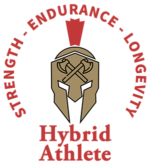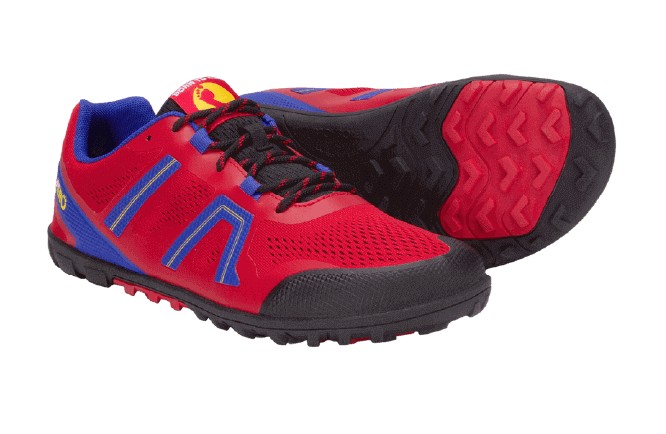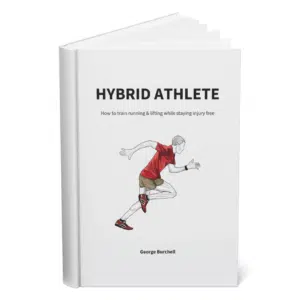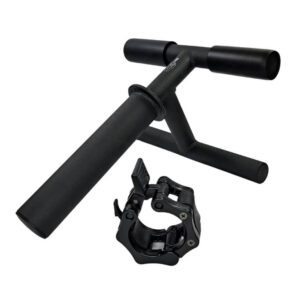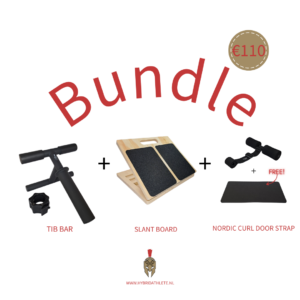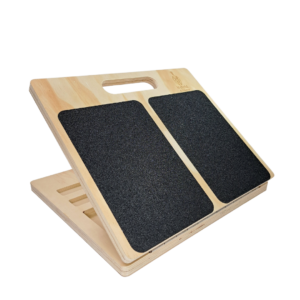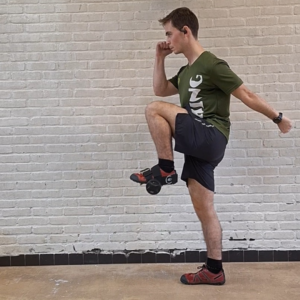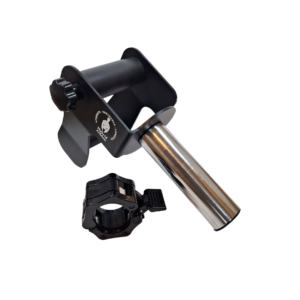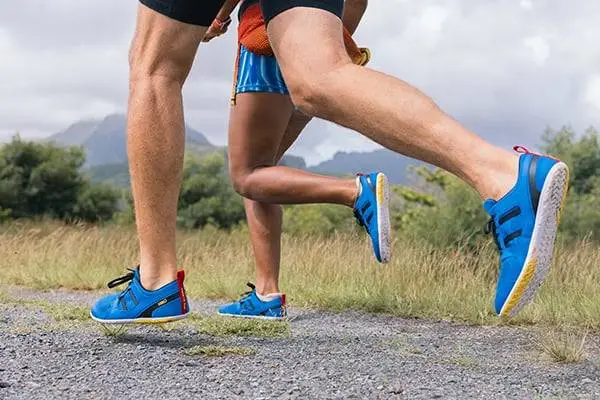
We can safely say that the hype around minimalist shoes is reaching its peak. And no wonder. This peculiar shoe type managed to convert people from all over the world to the barefoot shoe concept.
The fitness world discovered the many benefits of the minimalist shoe and the real feel it brings, both to the gym and the track.
Let’s dig our heels in (pun intended) and see what minimalist shoewear is all about.
Table of Contents
WHAT ARE MINIMALIST SHOES?
In a nutshell, every shoe that aims to keep the integrity of the foot, no heel-drop, while remaining close to the ground, can be classified as a minimalist shoe.
In more direct terms, minimalist shoes need to let both feet and ankles move freely. On top of that, the soles provide protection from elements, but the cushioning is minimal. Lastly, minimalist shoes have almost no arch support of any kind. There’s also the question of no heel-to-toe decline.
Of course, all of this comes on a spectrum and two main types can clearly be seen.
MAIN TYPES OF MINIMALIST SHOES
1. “BAREFOOT” SHOES
When we say barefoot shoes, it refers to the bare minimum when it comes to “what makes a shoe”. A shoe like this will have zero heel-to-toe decline, a wider toe box, and a flexible sole with little to no cushioning under the foot.
One popular form was the five-toe shoe, aka the Vibram FiveFingers.
It is recommended to train in these shoes for the massive benefits they provide to foot and ankle strength and mobility.
2. MINIMALIST RUNNING SHOE
Running barefoot is one of the most enjoyable activities and is perfectly safe but sometimes for longer runs and obstacle course races, traditional “barefoot” shoes may not be ideal and you may need more support.
A minimalist running shoe will have all the best features of barefoot shoes, just more support, and cushioning:
- Zero drop
- Sole is less flexible
- Minimal/medium cushioning
- Little to no arch support
- A wide toe box
Depending on your goal, this is the closest we can get to the feeling of barefoot long-distance running.
BAREFOOT AND MINIMALIST SHOES – FAQ
1. WHAT ARE THE BENEFITS OF WEARING MINIMALIST SHOES?
There are many benefits of wearing barefoot shoes. Some significant benefits are:
- Improved balance and posture
- Significantly enhanced ankle stability and mobility (both plantar and dorsiflexion)
- More natural walking and running gait
- A better insight into what needs to be addressed with your ankles, knees, and hips
2. ARE BAREFOOT SHOES GOOD FOR EVERY DAY?
If you are new to the barefoot shoe concept, you should start slowly. Wear your minimalist shoes a few hours a day.
No matter how silly it sounds, you can expect a bit of discomfort in your feet and ankle stabilizers. But once your body gets used to it, you can wear barefoot shoes every day!
3. WHEN NOT TO WEAR BAREFOOT SHOES?
There are cases when barefoot shoes are not recommended. For example, people with shortened Achilles tendinopathy should avoid wearing barefoot shoes for the time being.
Barefoot shoes require a little more dorsiflexion than regular shoes, so people with serious issues could experience more problems.
4. ARE MINIMALIST SHOES GOOD FOR EXERCISING?
Yes, they are. In a sense, by wearing barefoot shoes to the gym, you are exercising while you’re exercising. You reap the mobility and stability benefits at all times.
Just make sure to get a pair of barefoot running shoes if you plan to run far.
IN CONCLUSION
Barefoot shoes changed the game, there’s no doubt about it. The modern shoe has strangled our foot mobility, and all the extra cushioning threatens to destroy our body’s natural shock-absorbing abilities.
Luckily there are brands out there, like Xero, who believe in sustainable minimalist shoes that will walk us into a future where people squat ass-to-grass and don’t shove their feet into the modern little boxes we call the modern shoes.
Get the best injury-prevention training equipment:
GET THE BEST INJURY-PREVENTION TRAINING EQUIPMENT:
Above all, a storyteller. Then comes marketing, branding, writing music, powerlifting, and woodworking.
